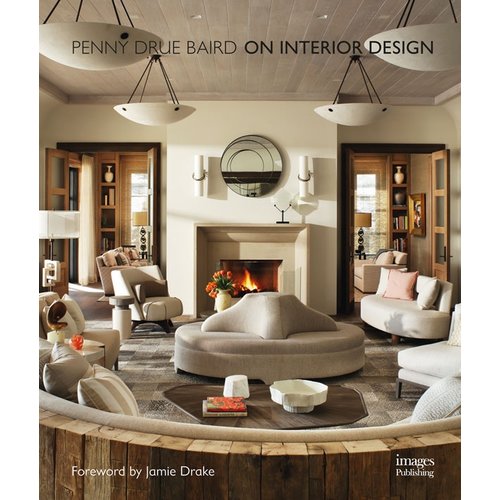Trends in Retail Flooring




With low inflation, low unemployment and rising wages, the U.S. retail environment should be fertile and thriving. Consumer confidence has risen to the highest level in almost a decade. However, the retail boom everyone was expecting hasn’t arrived.
The Dodge 2017 Construction Outlook reports some weakness in the retail sector has resulted in a stalled recovery for the store and shopping center sector, according to Dodge Data & Analytics Chief Economist Robert Murray. As major retailers like Macy’s announce store closures, retail construction has suffered. In fact, store and shopping center starts were down 14% in 2016 at 97 million square feet. As online sales increase and nearly one-third of malls are reported closed or closing, more focus is being placed on the experience.
There is an upside, however. Dodge predicts strength in the grocery store segment and a rise in renovations across the retail industry will lead to a 5% bump in starts for store construction in 2017 to 102 million square feet. Murray said average square feet for store projects continues to be low, but alteration values trend upward. The renovation side seems to be the place to be.
Flooring continues to be the literal foundation for retail projects, according to Michelle Isroff, vice president, design, for Big Red Rooster, headquartered in Columbus, Ohio.
“As designers, it’s one of the largest canvasses we have to play with—and the sheer number of finishes, textures, and patterns available to us in this day and age can be overwhelming,” Isroff said. That said, Isroff said there are a few trends that are rising to the top. Here are her forecasts:
Flooring Forecasts:
Wood Aesthetic
Everyone loves the look of hardwood flooring, but it’s usually not a cost-effective solution, and it requires a lot of maintenance. For most of our clients, vinyl woods are often the next best option, as they provide a softer look and feel and modern residential cues.
Craftsmanship has never been more important, and we’re achieving that aesthetic with hard and soft surfaces in herringbone, chevron, and tonal patterns that reflect a level of quality and elevated design while still being very much a neutral ground.
Our client, L.L.Bean, uses a lot of natural and reclaimed materials, but a basic vinyl wood flooring is a great way to tie the whole space together.
Porcelain Tile
For many of our clients, competitive pricing, short lead-time and low-maintenance products are key. That’s why we’re gravitating toward porcelain tiles that are made in Italy, but often imported or stocked here in the U.S.
We‘re using a lot of porcelain tiles that mimic natural materials like concrete, wood, and stones. Many of these are larger format tiles (2x4 or 18x36), but they can be cost prohibitive due to shipping and install costs. That said, no matter the tile material or cost, we always find creative and on-brand solutions that meet our clients’ needs.
Pattern
Monolithic patterns and textures tend to stay critical for neutral backdrops that can have depth or patina, while bold patterns, layering and specialty finishes, such as metallic screens, add depth and richness to boldly (or subtly) express our clients’ brands.
Environmental Focus
In this incredibly small world we live in, environmental concerns—as much as style and design—continue to be influential when it comes to determining the correct type of flooring. Recycled, reclaimed woods, as well as variations on natural materials, allow us to maximize renewable resources, bring our natural world into our man-made environments, and provide soothing warmth and simplicity within our spaces.
As resourcefulness becomes an essential part of our clients’ DNA, we will continue to use more and more natural and renewable elements, and be mindful of shipping and logistic costs so we can create artistic, brand-centric theater while creating the smallest possible carbon footprint.
Looking for a reprint of this article?
From high-res PDFs to custom plaques, order your copy today!









.jpg?t=1690771780)

